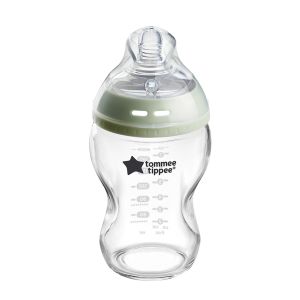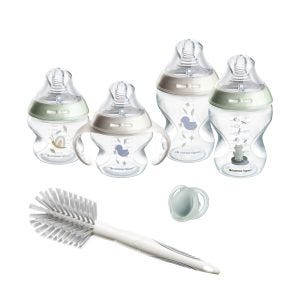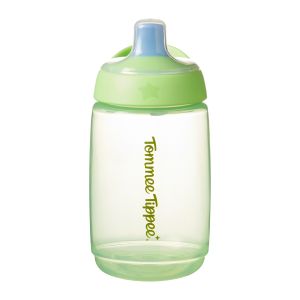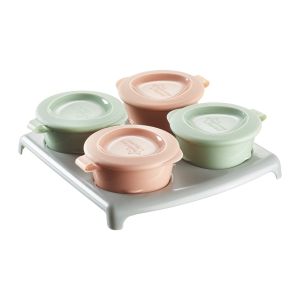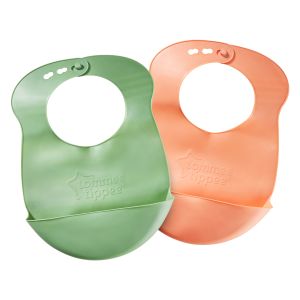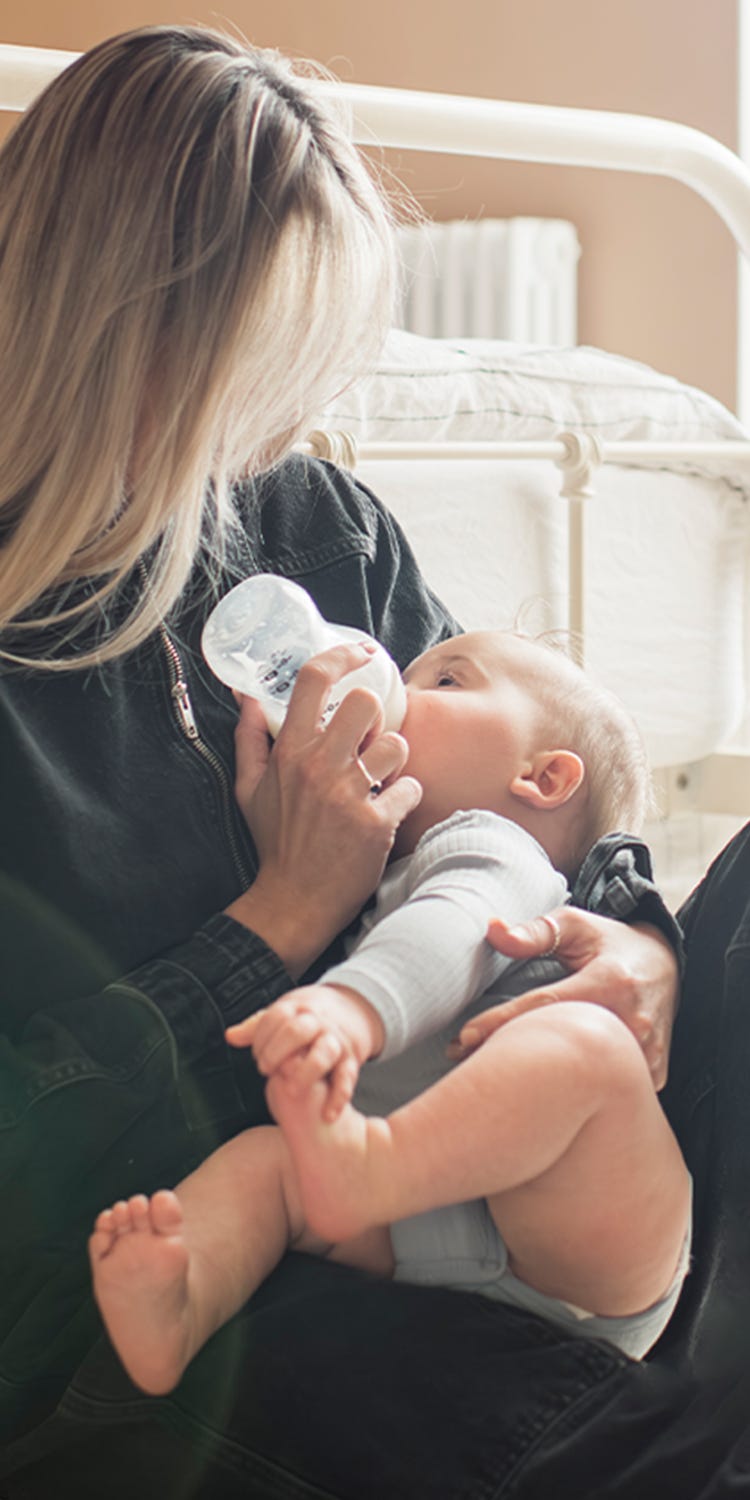
Hints & Tips
Read on for a step by step guide on how to introduce your baby to the bottle for the first time!
How to get into a bottle feeding routine
Trying to establish a bottle feeding routine with your little one might seem intimidating at first. Luckily there are a few tips and tricks you can use to help your baby get used to the change. Read on for a step by step guide on how to introduce your baby to the bottle for the first time!
Know When To Bottle Feed Your Baby
Knowing when to start bottle feeding is the first step towards establishing a good routine. Lactation experts recommend you wait until your baby is at least a month old before you offer them the bottle for the first time. Breastfeeding should also be well established before you introduce a whole new teat! Remember - this is a big change for your little one, so you’ll want to make sure they’re well used to their current feeding routine.
The World Health Organization recommends that babies are exclusively breastfed for the first six months of their life.
Introduce A Bottle Feeding Routine
Introducing your baby to a new way of feeding can be challenging. A gradual transition is key to avoiding unwanted upsets and terrible tantrums!
Here are some things you can do to gently guide your baby towards a new bottle feeding routine.
Don’t Wait Until Your Baby is Super Hungry
While this might seem like the perfect opportunity to try your baby with the bottle, it’s actually counterintuitive. Babies don’t exactly possess the best self-awareness, and strong hunger can often translate into feelings of stress and anger. An angry baby is not a baby to be messed with, and they certainly don’t want to be fed through an unfamiliar teat!
Instead, look for cues that your baby is ready to eat something. They might put their hands in their mouth, blink fast and appear very alert, or move their jaw up and down. Offering your baby the bottle when they’re most content and relaxed will give you the best chances of success.
Change Things Up A Little
When you breastfeed, your baby thinks of you (and only you) as a source of nourishment. Asking someone else to try feeding them with the bottle will help your baby get used to feeding without you. If your breast isn’t right in front of them to latch onto, they’ll be more inclined to give the bottle a try!
You can also try switching up your baby’s position to help them disassociate feeding times with your breast. Allow them to rest upright against your knees so that they can face you while feeding. You’ll be able to pull silly faces or sing their favourite song, which should help encourage them to take the bottle.
Allow Your Baby To Be Your Guide
Remember that this is a huge change for your baby, so taking things slow is very important. Brush the bottle’s teat against your baby’s lips and use lots of eye contact to encourage him to feed. They’ll want to become familiar and comfortable with the bottle before they feed from it, and this could take a good few tries.
Taking things slow will give you the best chance of introducing the bottle smoothly and successfully.
Bottle Feeding Routines By Age Group
Your little one’s feeding schedule is dependent on their age. An average feeding schedule might look something like this:
- Newborns: every 2-3 hours
- 2 months; every 3-4 hours
- 4-6 months: every 4-5 hours
- 6+ months: every 4-5 hours
Your baby will generally let you know when they’re hungry. Don’t worry if they seem to be feeding more than usual. This usually happens during growth spurts and it’s just a sign that your baby is getting bigger!
As your baby gets older and their tummy grows, they’ll get hungry less often. This should decrease the frequency of feedings, allowing you to establish a more predictable feeding pattern.
Month-old babies might only drink 60-90ml per feed. At 2-4 months, this will increase to about 120-150ml. And by the time your little one is 6 months old, they might be up to 240ml in one go!
As long as your child has 4-6 wet nappies a day, has regular bowel movements and is gaining weight, chances are they’re eating enough!

